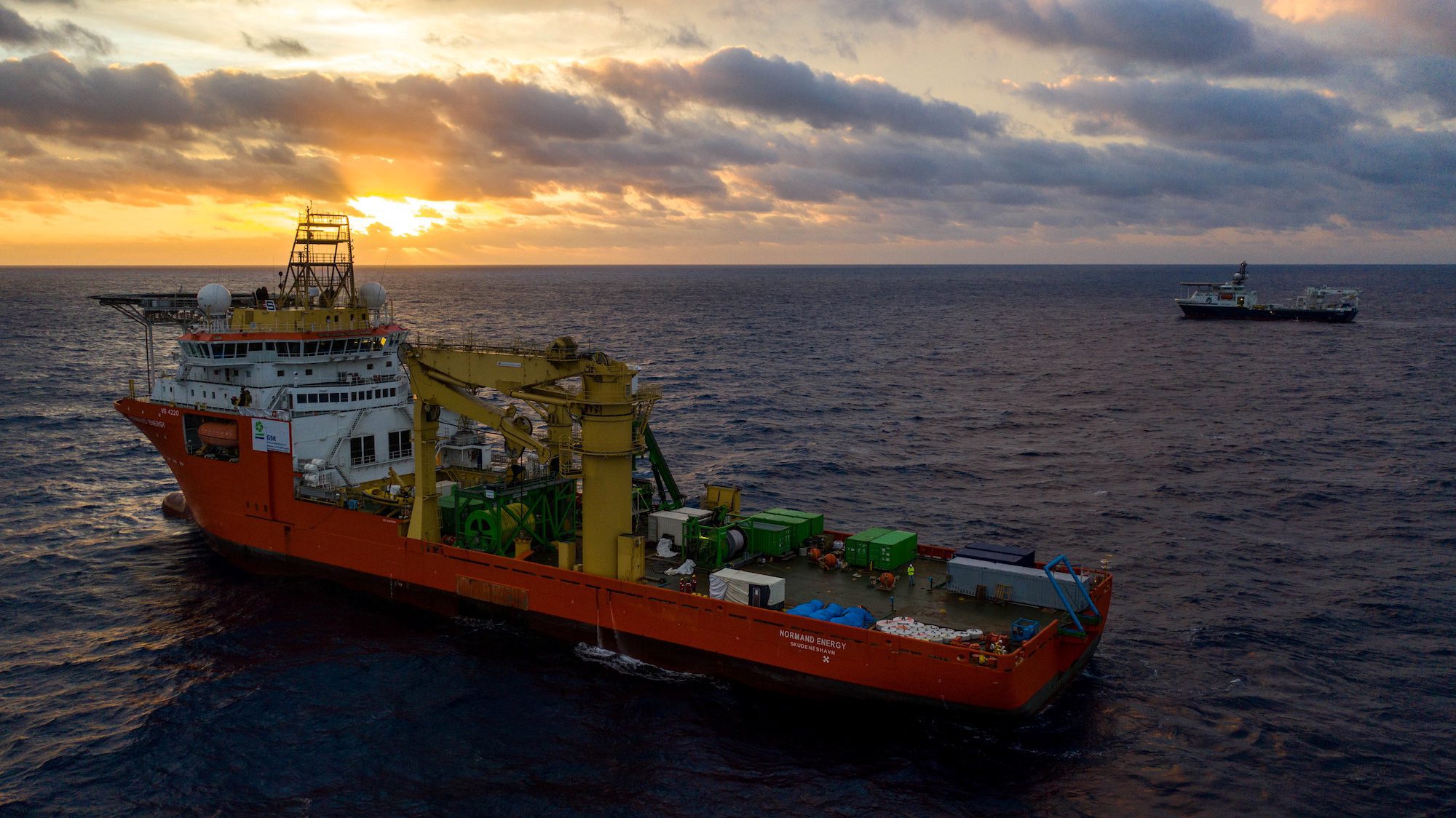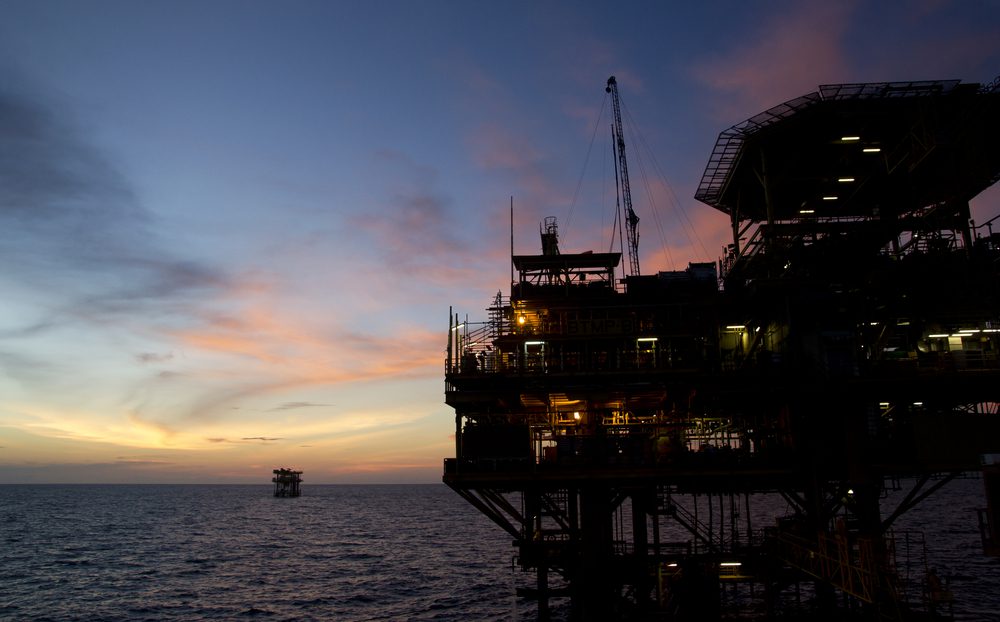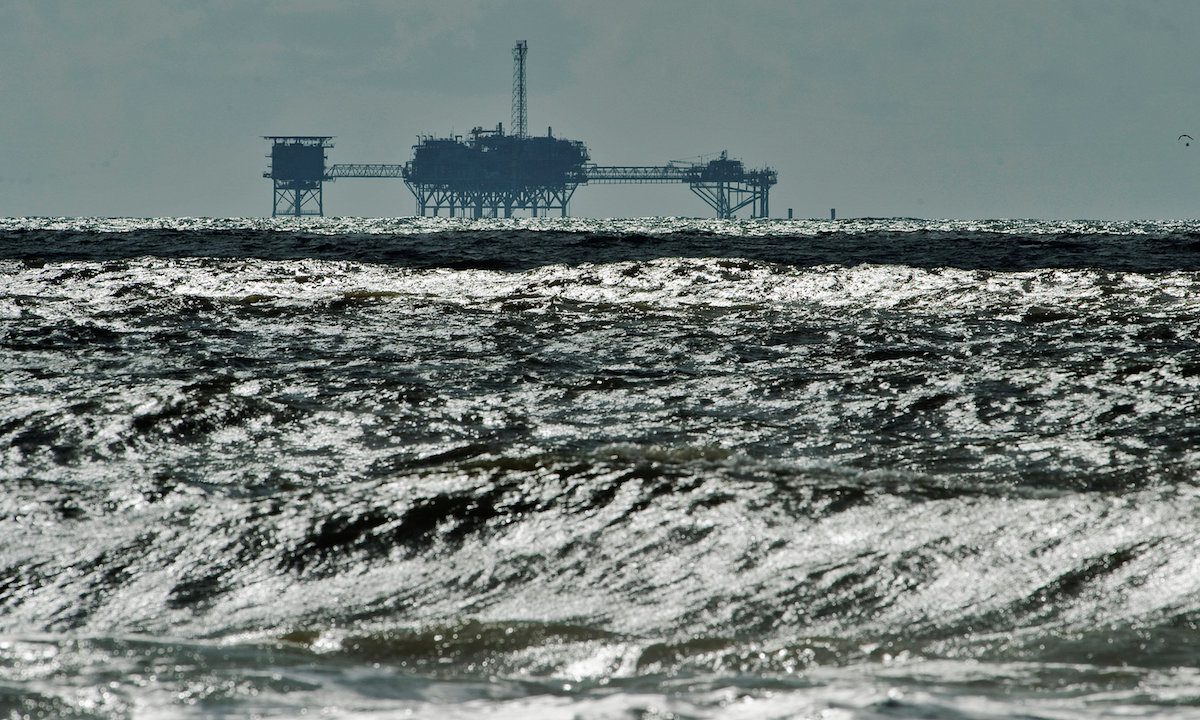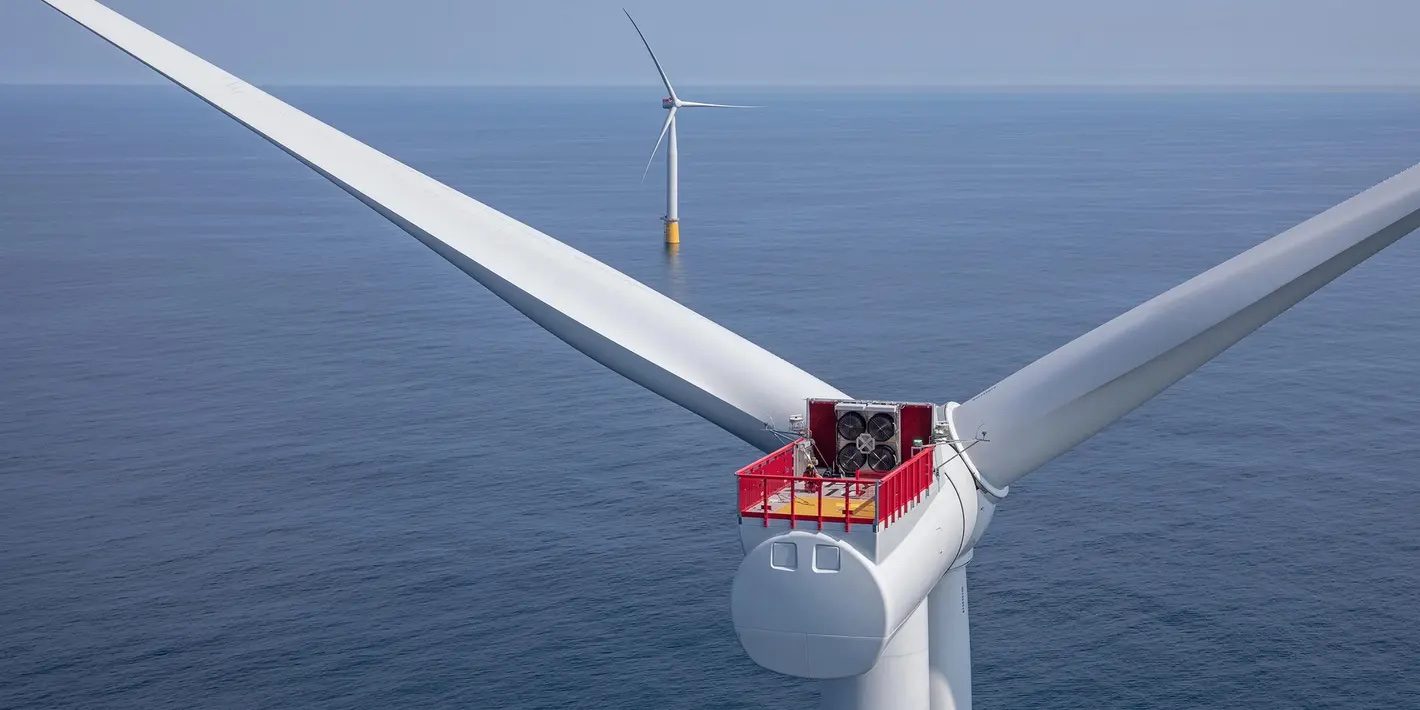By Todd Woody
(Bloomberg) –Researchers have released the first tally of deep ocean animals that inhabit the seabed targeted for strip mining, finding more than 5,000 species — nearly all of them unknown to science.
The peer-reviewed paper published in the journal Current Biology on Thursday highlights the lack of scientific knowledge about the biodiversity of the deep ocean, and arrives as the United Nations-affiliated International Seabed Authority (ISA) prepares to allow mining to commence as soon as next year. The UN Convention on the Law of the Sea established the ISA in 1994 with a mandate to manage the exploration and exploitation of the seabed in international waters while at the same time ensuring the effective protection of the marine environment.
The scientists estimated there may be more than 8,000 species living in the Clarion-Clipperton Zone (CCZ), a region of the Pacific Ocean that stretches from Hawaii to Mexico. Of the 5,580 species so far detected, only 438 have been identified, according to the study.
The CCZ seabed lies 13,000 feet (4,000 meters) below the surface and is covered by billions of potato-sized rocks called polymetallic nodules, which are rich in cobalt, nickel and other valuable metals used to make batteries for electric cars. The ISA has issued 16 contracts that allow companies to prospect for minerals in the CCZ. One venture, a Canadian-registered firm called The Metals Company, has told investors it will apply for a license to mine the nodules by the end of 2023.
The new findings are likely to fuel an increasingly contentious debate within the ISA, which next meets in July at its headquarters in Kingston, Jamaica. A growing number of the agency’s 167 member nations are calling for a moratorium or pause on seabed mining due to the dearth of scientific data about the potential impact on deep sea ecosystems.
“It’s critical that we address these data gaps so we actually can understand what species are there if mining happens,” said Muriel Rabone, a biologist and data analyst at the Natural History Museum in London and co-author of the study. Rabone said the researchers estimate that at least 30% to 40% of CCZ species live on the nodules. “They are most vulnerable to mining because if the nodules are removed you’re literally taking out their habitat, their house,” she said.
Many of the nodule-dwelling species are tiny corals, sponges and worms. But some larger animals depend on nodules to incubate their young, including a ghostly white octopus nicknamed Casper that lays its eggs on the stalks of dead sponges attached to the rocks.
Among the many unknowns about the biodiversity of the CCZ is how widely distributed species are throughout the region. Species found only in certain locations are at greater risk of extinction from mining, according to scientists. The researchers said that just six of 185 recently named species in the CCZ exist elsewhere in the world.
“I think it’s entirely fair to say that there is high diversity in the region,” Rabone said. “But some of these species are incredibly rare and have been described from just one individual and it’s literally the only one recorded in the entire CCZ.”
The study does not include another crucial but little-studied deep sea life form: microbes that may play a key role in the food web by transforming carbon into organic matter.
“The nodules have high diversity of microbial communities but it’s tricky to know what all the microbes are doing,” said Beth Orcutt, a geomicrobiologist and senior research scientist at the Bigelow Laboratory for Ocean Sciences, an independent nonprofit research group in Maine, who was not involved in the study.
Scientists in 1989 conducted a deep sea mining experiment by plowing four square miles (11 square kilometers) of a nodule field so they could monitor the seabed ecosystem’s recovery. Twenty-six years later, microbial abundance remained reduced by 30%, according to a 2020 paper. Microbes also flourish in the sediment below the nodules. If full-scale mining proceeds in the CCZ, said Orcutt, “It’s going to take decades to hundreds of years or thousands of years for the same level of microbial ecosystem service to come back.”
The ISA’s strategy to ensure species don’t go extinct from mining in the CCZ has been to establish a network of protected zones called Areas of Particular Environmental Interest (APEI) that are supposed to preserve animals that could be wiped out in adjacent mining concessions. The study, however, determined that nearly no data has been collected on species that actually live in the preserves. About 95% of the species that live elsewhere in the CCZ have not been recorded as present in the APEIs, according to the paper.
“We desperately need more data and more sampling from the APEIs to actually know if they can provide refuge for these species,” said Rabone.
The researchers analyzed more than 100,000 records from a variety of databases, but said at least 25% of the species records submitted by mining contractors to the ISA’s own database — called DeepData — were duplicates. That could lead to underestimating the CCZ’s biodiversity. In a statement to Bloomberg Green, the ISA said its database is in the process of being corrected.
© 2023 Bloomberg L.P.

 Join The Club
Join The Club











